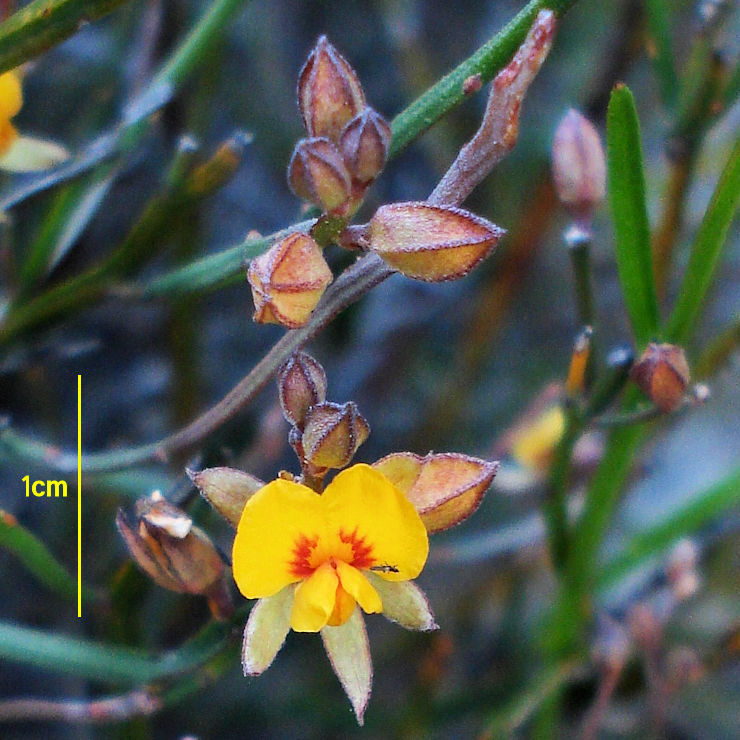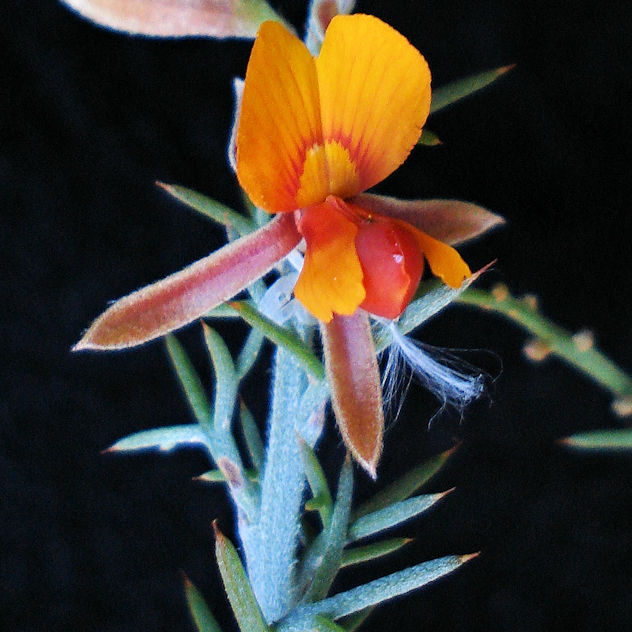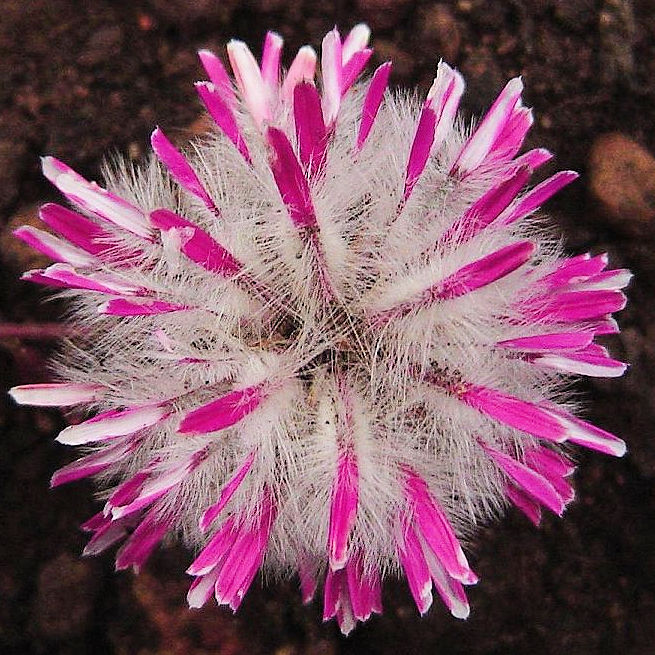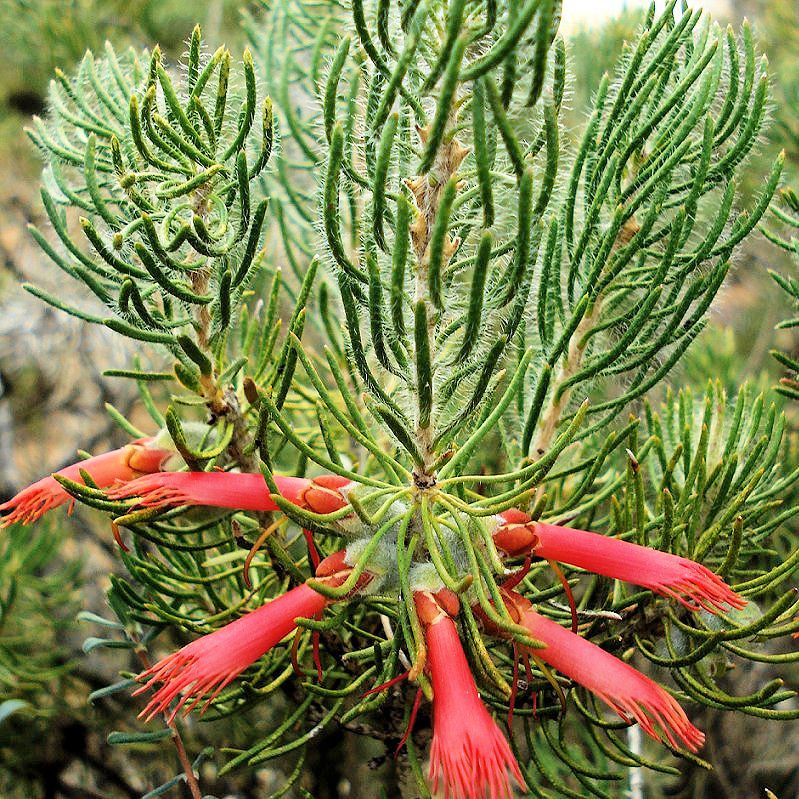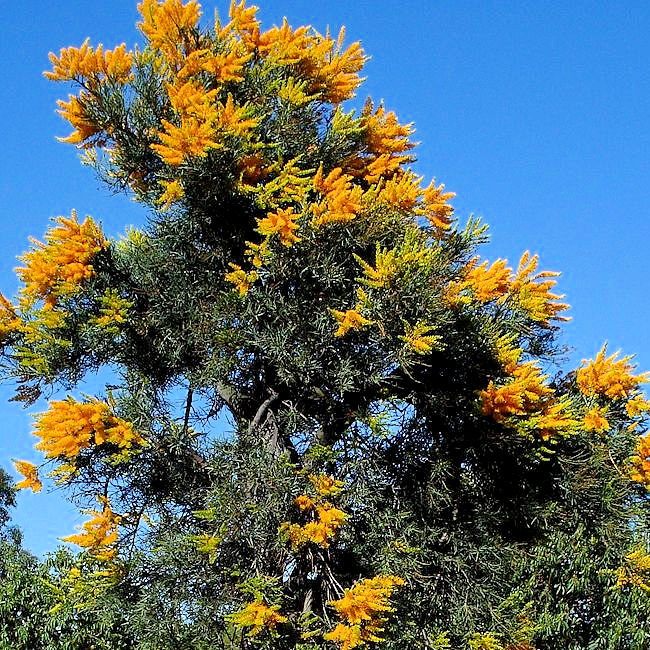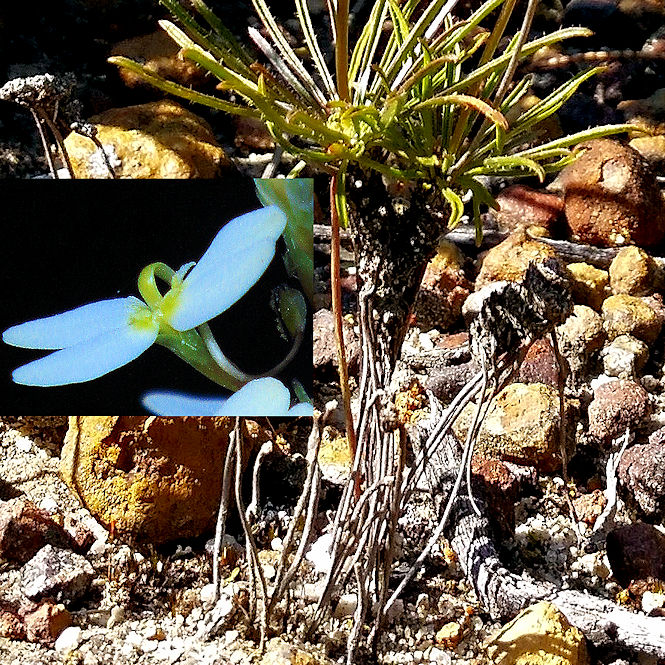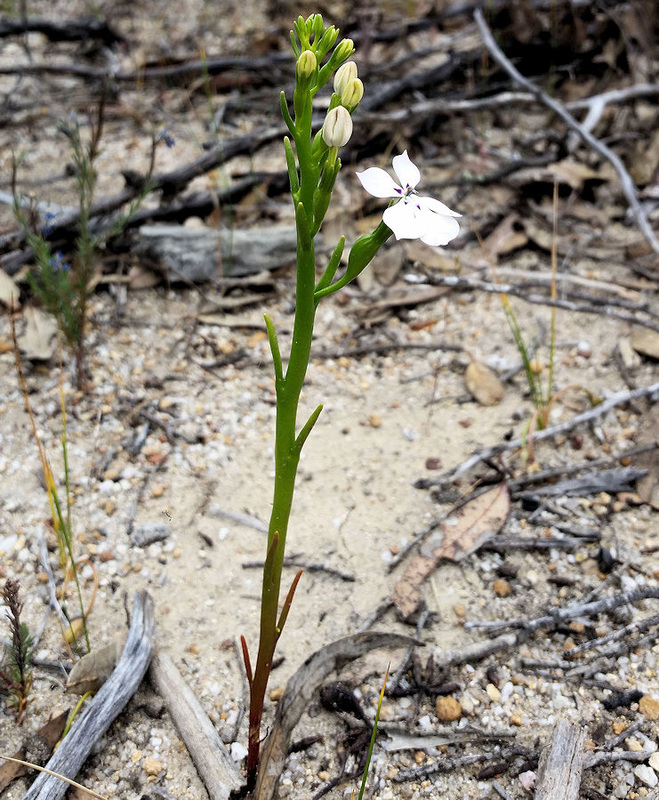Greetings fellow Foxies,
As the white banjine/Pimelia ciliata flowers finish, peak spring flowering is giving way to scattered flowers of other plants that have developed strategies to cope with hotter temperatures and less rainfall. These plants provide a bridge between the spring flush and summer flowering eucalypts for a range of insects that eat nectar (bees/ beetles/ flies) and the flowers (beetles/ grasshoppers/weevils and spiders that hide in the flowers for prey. As there are less flowers around, you are also more likely to get great photos of the fascinating insects, bugs and spiders that inhabit them.
By the way, if you see a khaki-clad hobo with a backpack and big tripod in Foxes Lair, don’t call the police or offer him money- it is our intrepid Dr Alan Kerrigan on the track of animal minutiae. My choice of apparel has also been criticised, but you can distinguish Alan from me because my clothes tend to be torn and paint-spattered (but completely serviceable).
You will notice that many plants have common themes for conserving water.
Small flowers and reduced, often spiny leaves and stems. Jacksonias are typical, with less noticed examples being the insignificant Jacksonia alata near the Claypit, and spiny Jacksonia furcellata (Grey Stinkbush) on grey sand over gravel near the Claypit walk.
Microstilt plants reduce exposure to high soil temperatures by elevating the plant above the soil.
